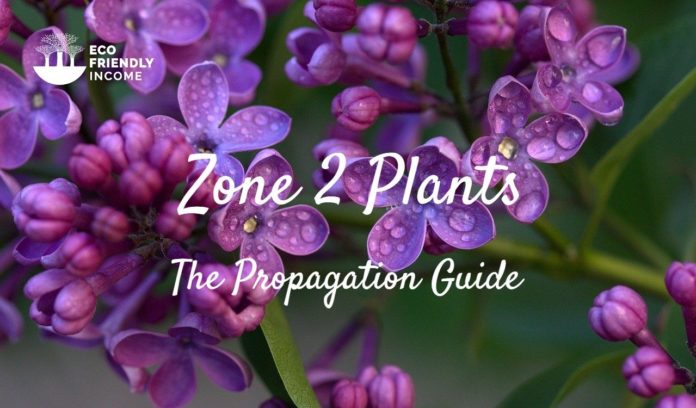You live up north, want to start a nursery business, and need a list of zone 2 perennial shrubs to propagate? Or maybe you just love plants, and looking for some hardy flowers to grow? Look no more.
If you’re here, then you already know you’re in hardiness zone 2. It’s not an easy place to live for plants but even then, there are still plenty of hardy shrubs and flowers to choose from.
If you’re starting a commercial operation, or just want that extra beautiful garden, this list has up to 40 zone 2 perennial shrubs and flowers.
This guide focuses on zone 2 native flowers & nursery best sellers. Every photo you can click will guide you to a page on how to best propagate them.
It’s focused on perennial shrubs because we grow plants that are left outside in a greenhouse or covered for winter. Perennial plants hardy to zone 2 won’t die if properly winterized, they’ll come back every year!
Here are the best choices for zone 2 perennial shrubs:
Hardiness Zone 2 Perennial Shrubs
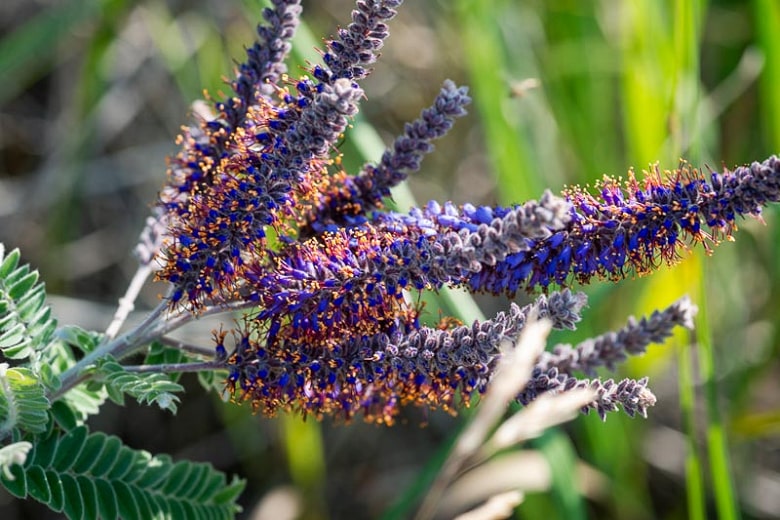
(Amorpha canescens)
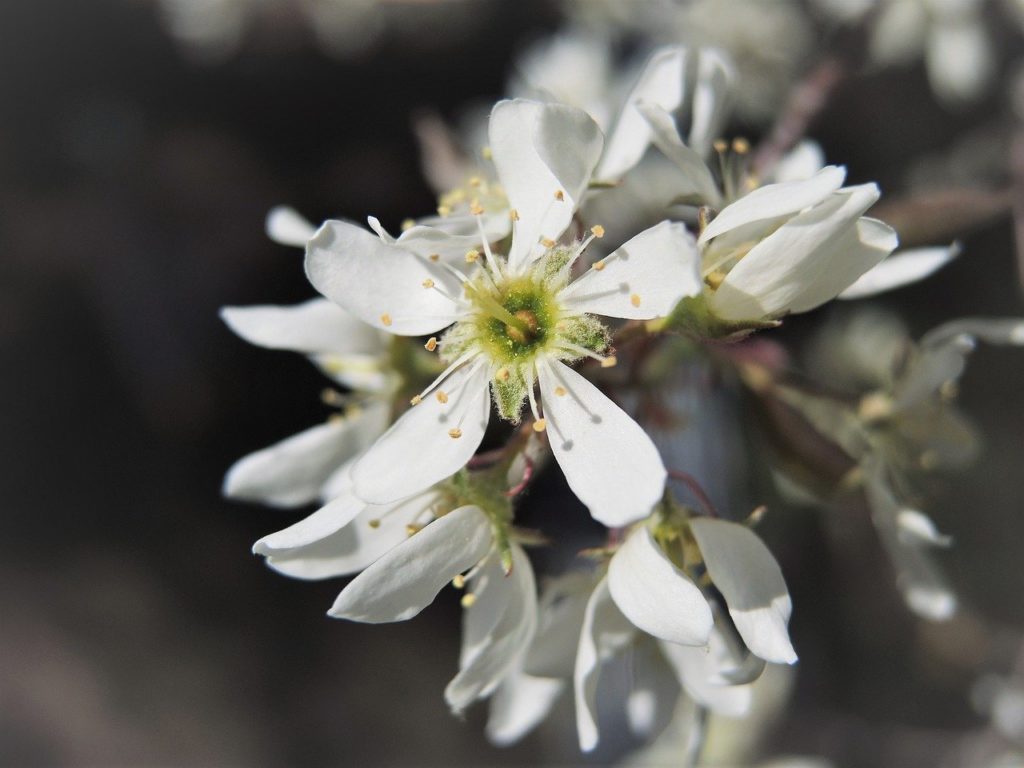
(Amelanchier alnifolia)
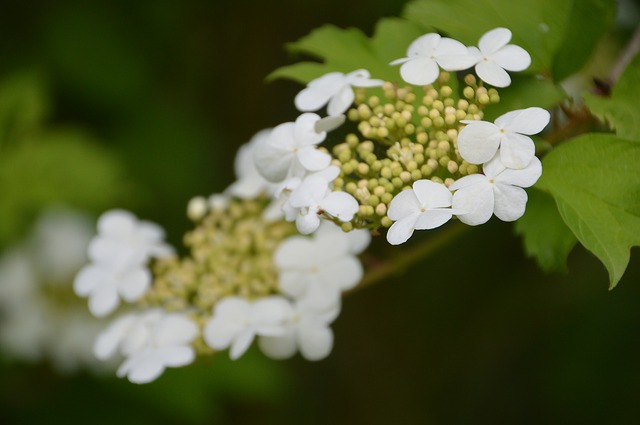
(Viburnum trilobum)
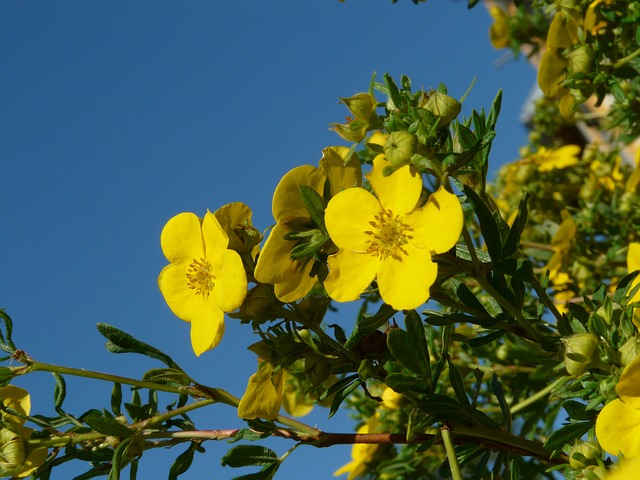
(Dasiphora fruticosa)
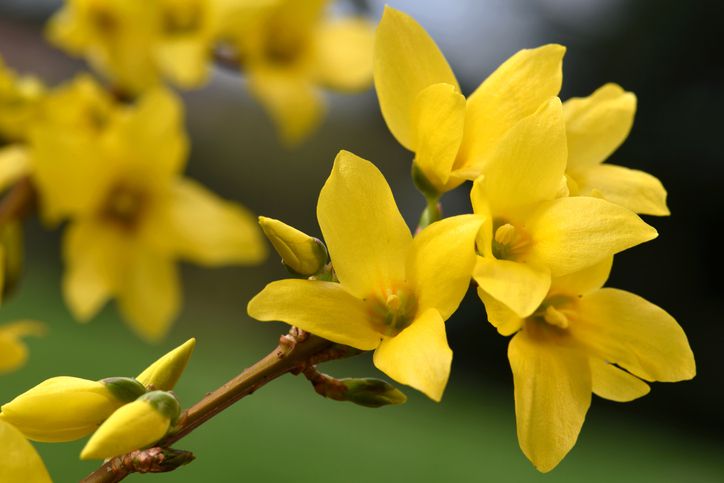
(Forsythia ovata)
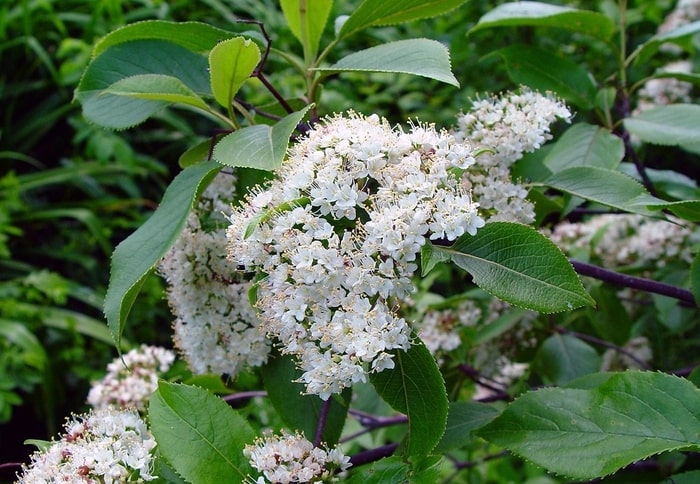
(Viburnum lentago)
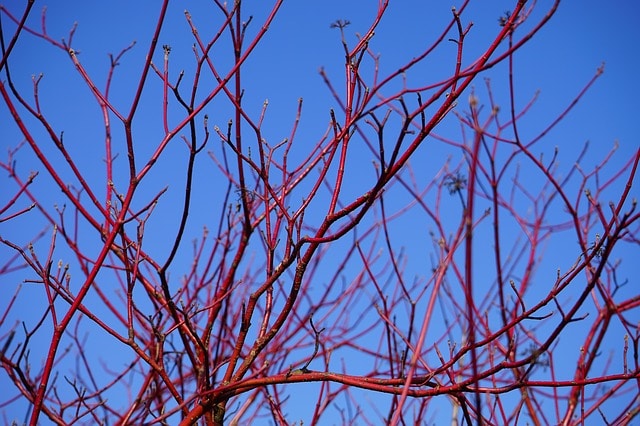
(Cornus sericea)
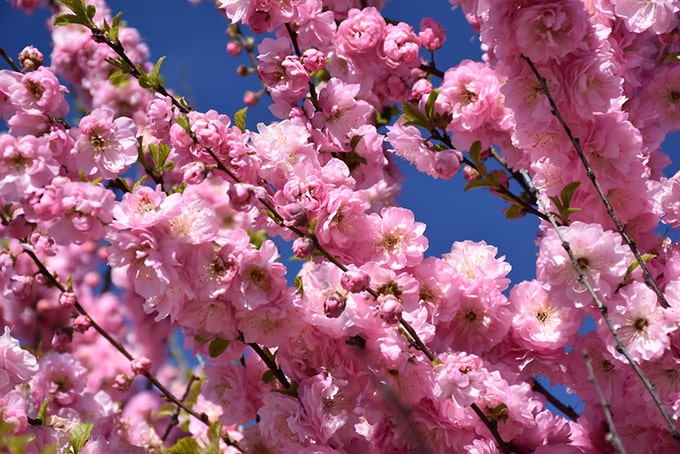
(Prunus triloba ‘multiplex)
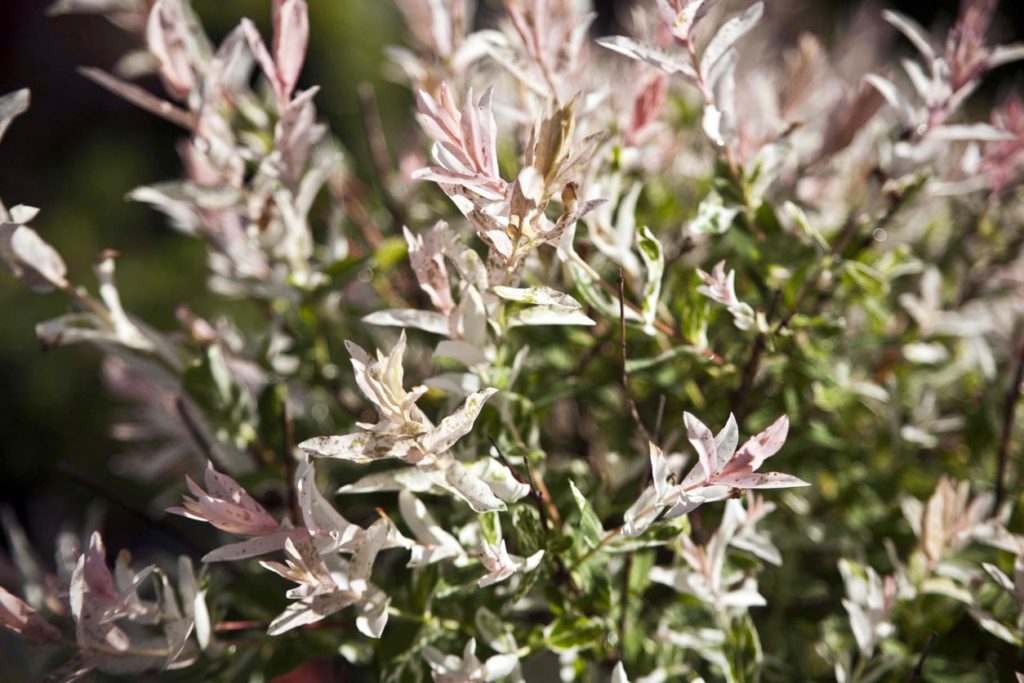
(Salix integra ‘Hakuro Nishiki)
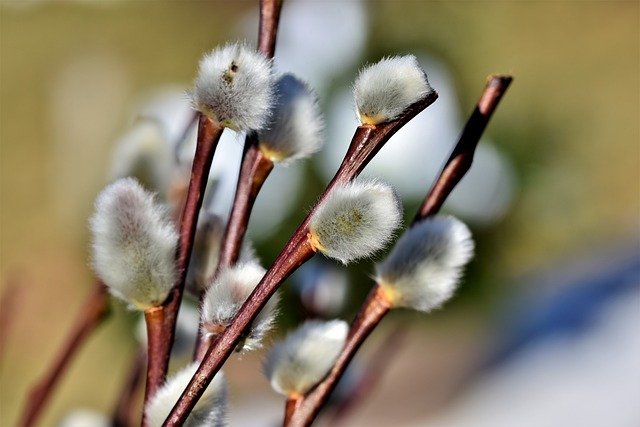
(Salix cinerea)

(Syringa vulgaris)
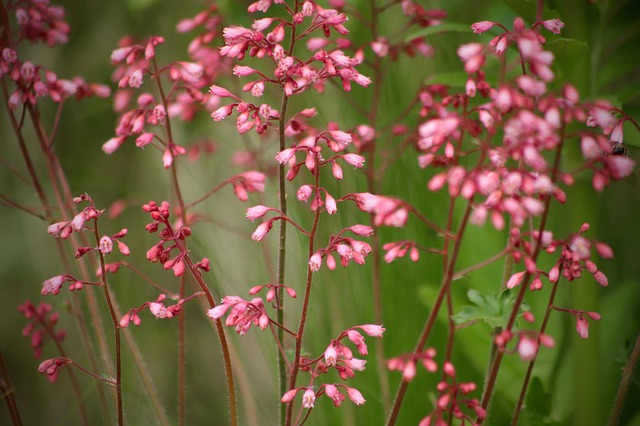
(Heuchera ‘Brandon Pinks)
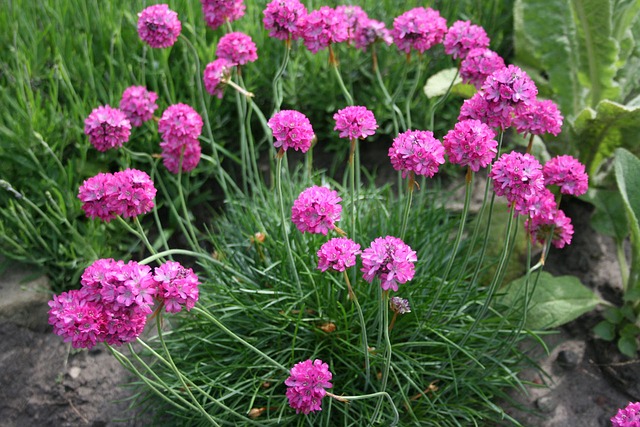
(Armeria Maritima)
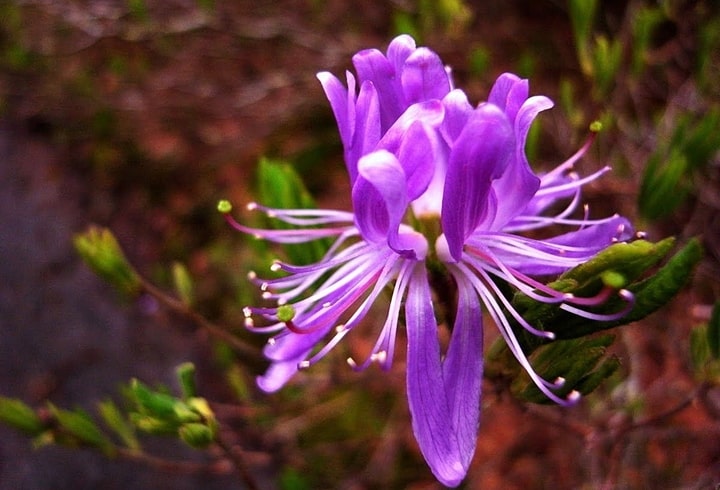
(Rhododendron canadense)
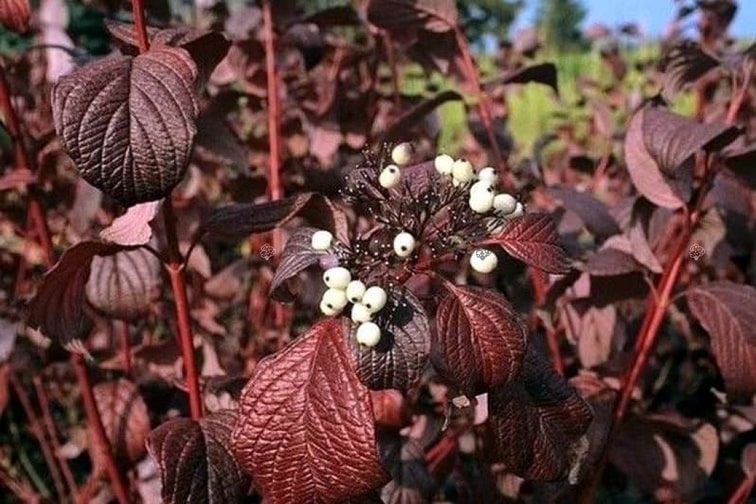
(Cornus Alba ‘sibirica)
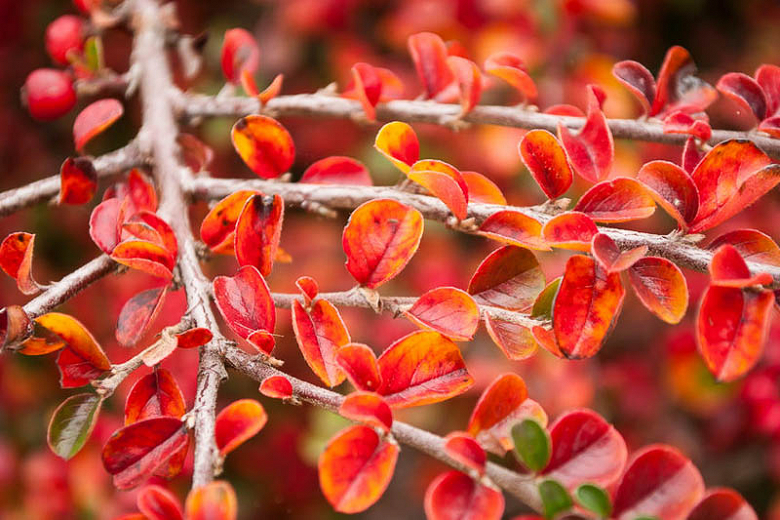
(Cotoneaster lucidus)
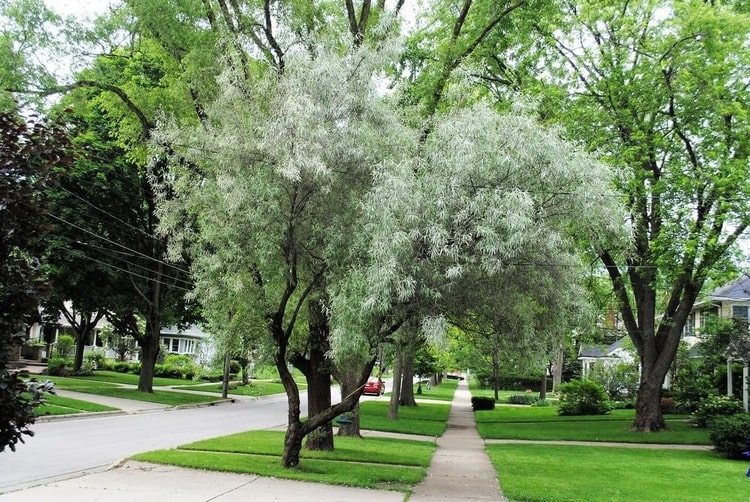
(Elaeagnus angustifolia)
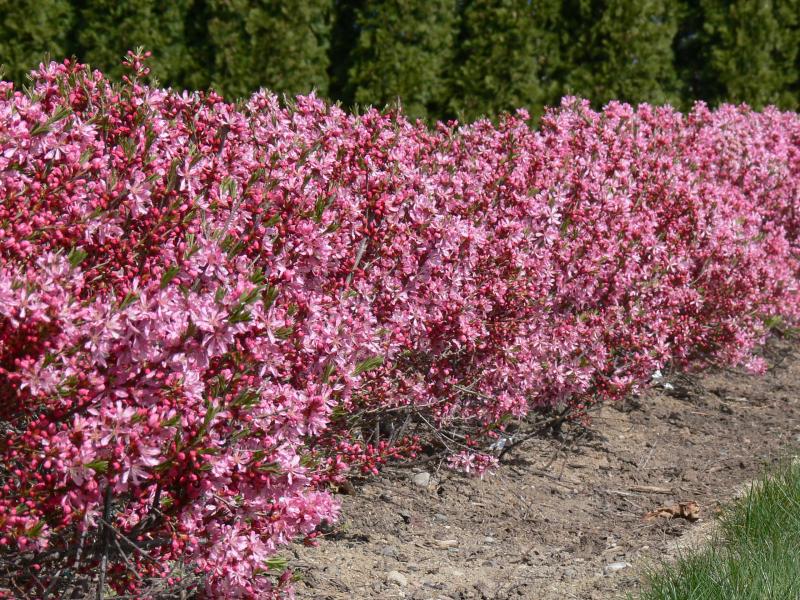
(Prunus tenella)
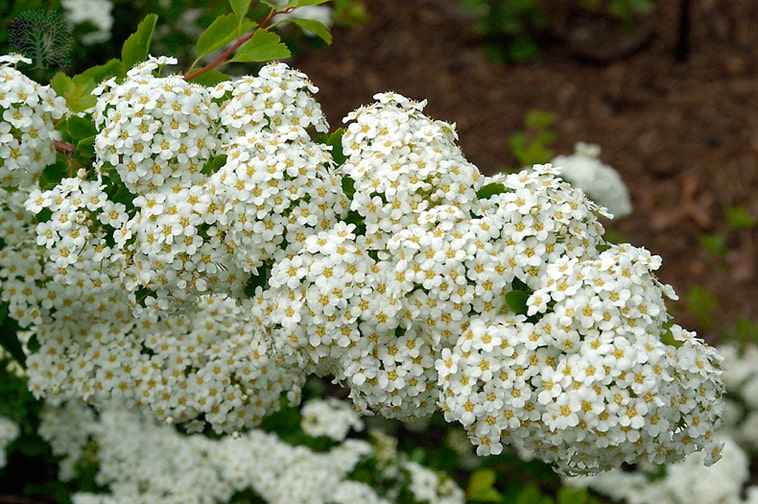
(Spiraea trilobata)

(Picea glauca ‘conica)
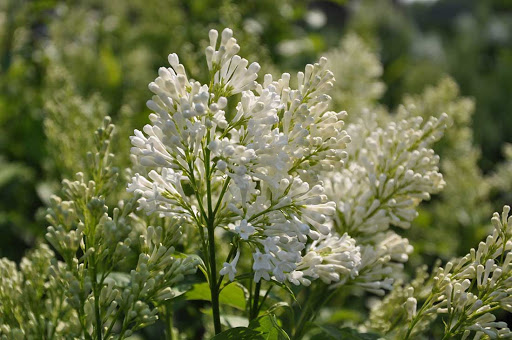
(Syringa prestoniae ‘Agnes Smith)
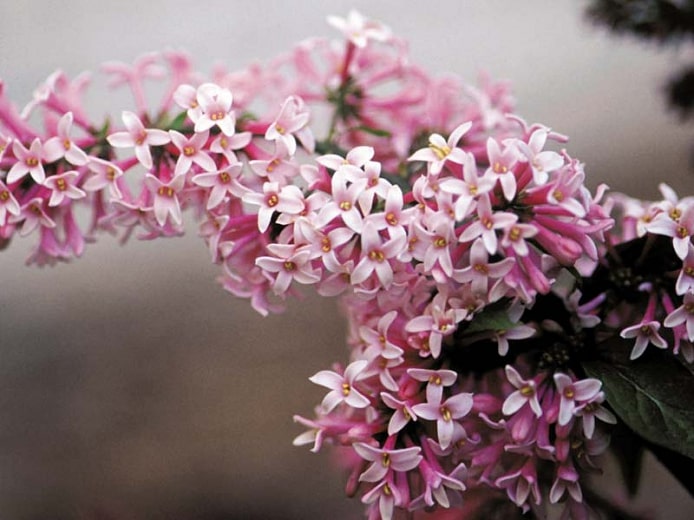
(Syringa x prestoniae)
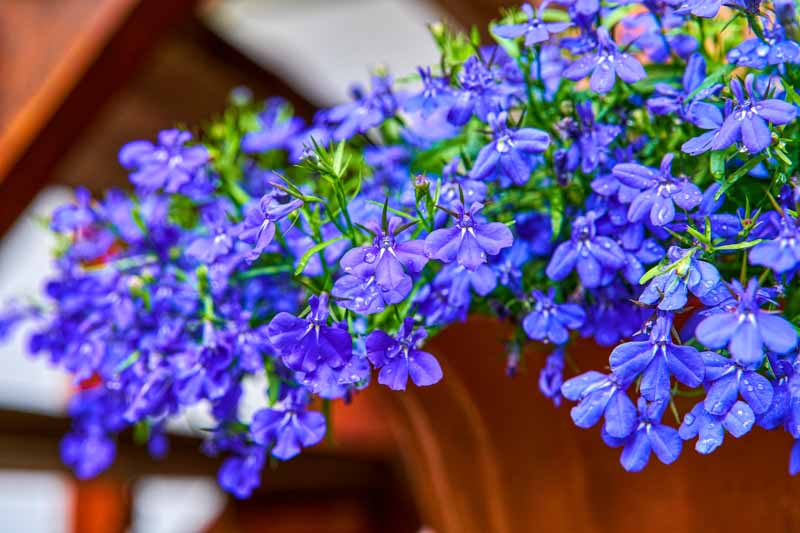
(Lobelia erinus)
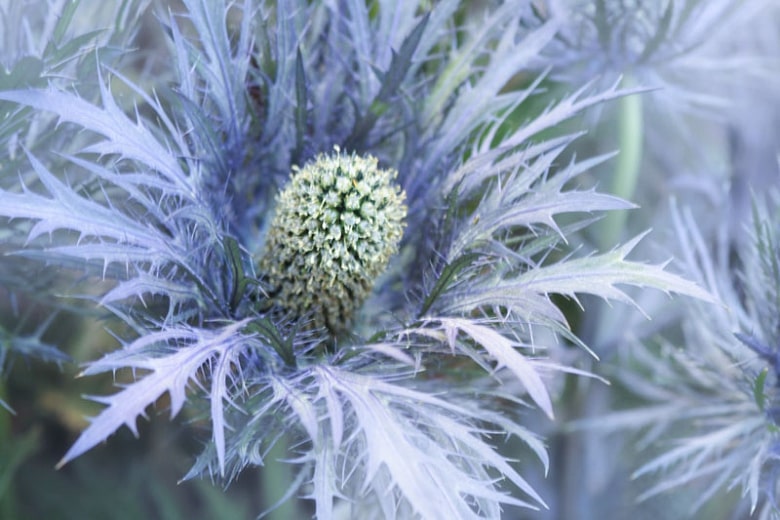
(Eryngium alpinum)
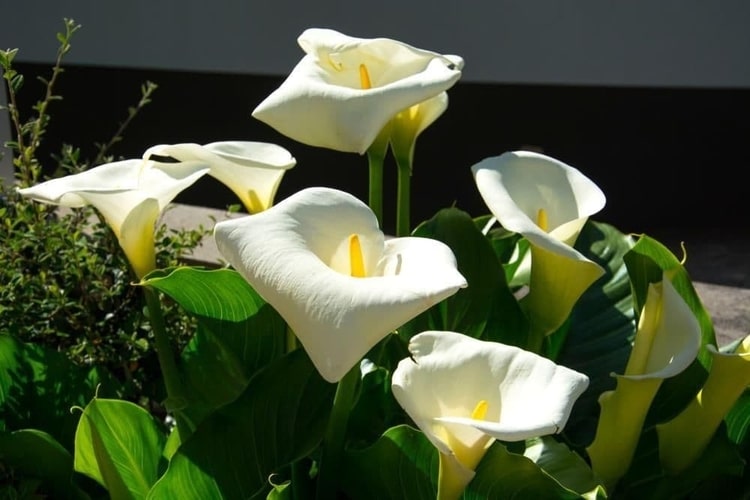
(Calla palustris)
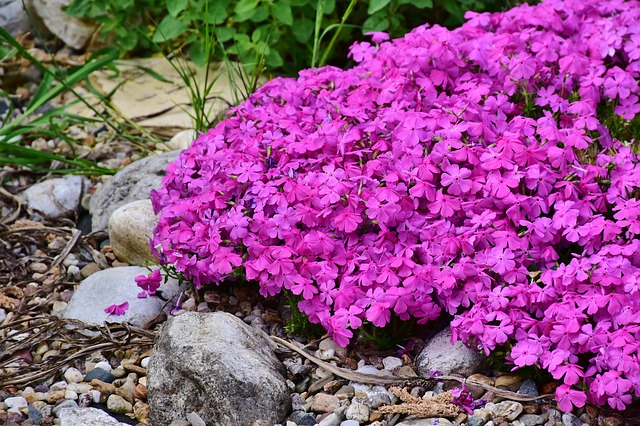
(Phlox subulata)
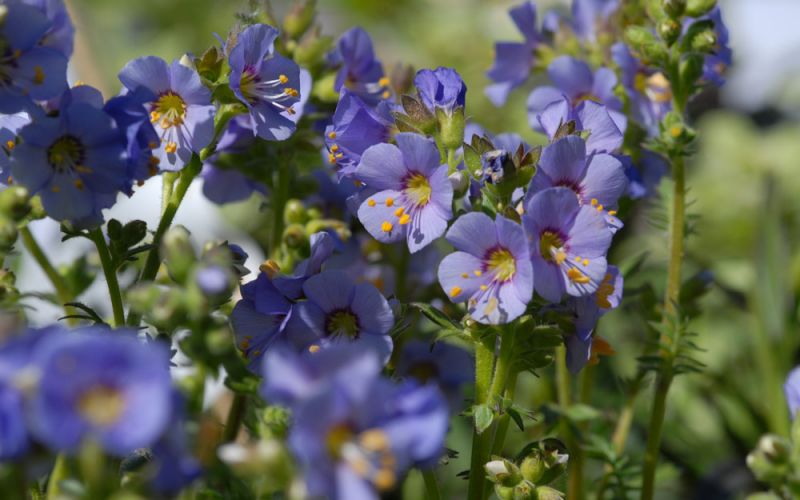
(Polemonium boreale)
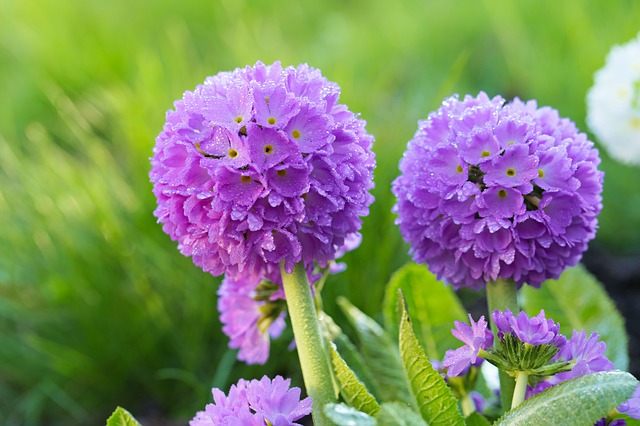
(Primula Denticulata)
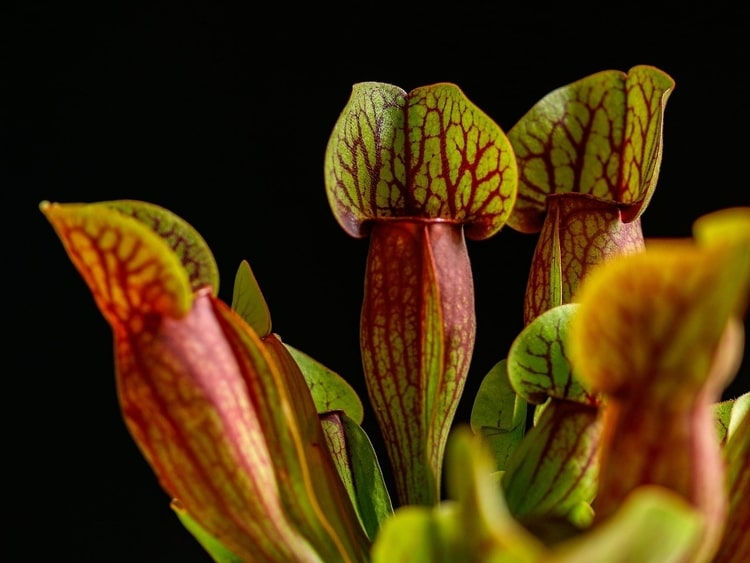
(Sarracenia Purpurea)
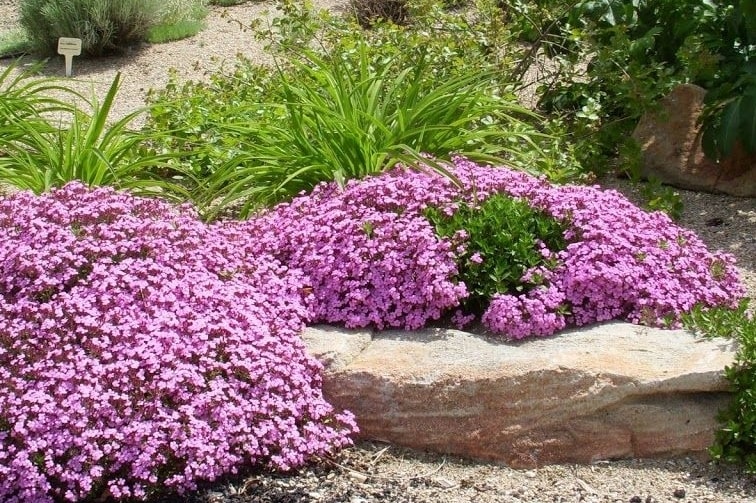
(Saponaria ocymoides)
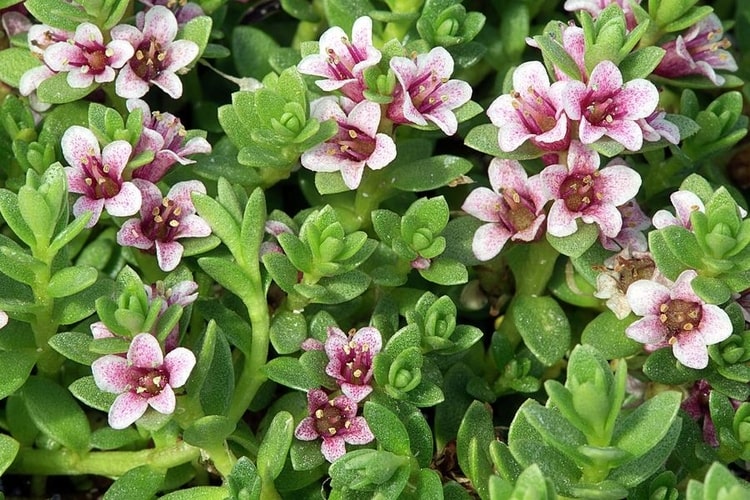
(Saxifraga oppositifolia)
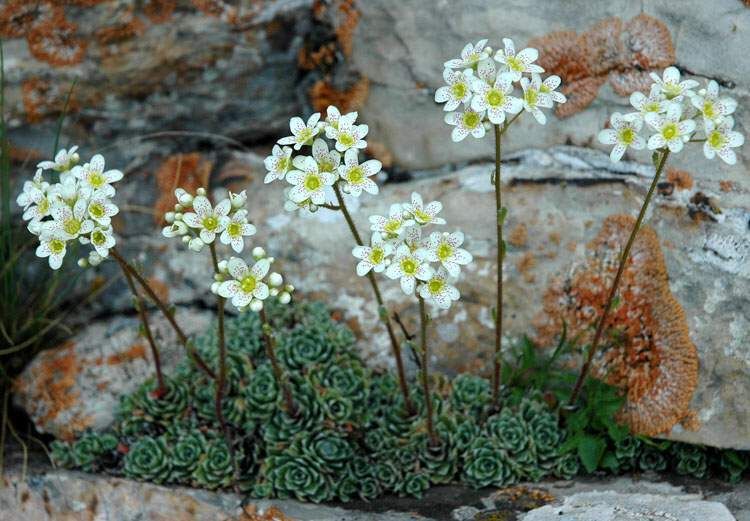
(Saxifraga paniculata)
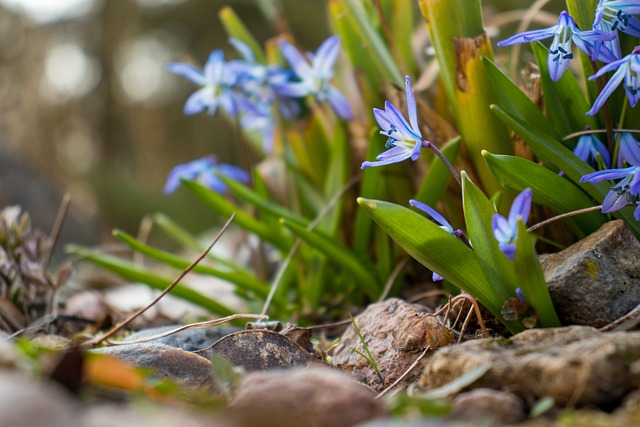
(Scilla siberica)
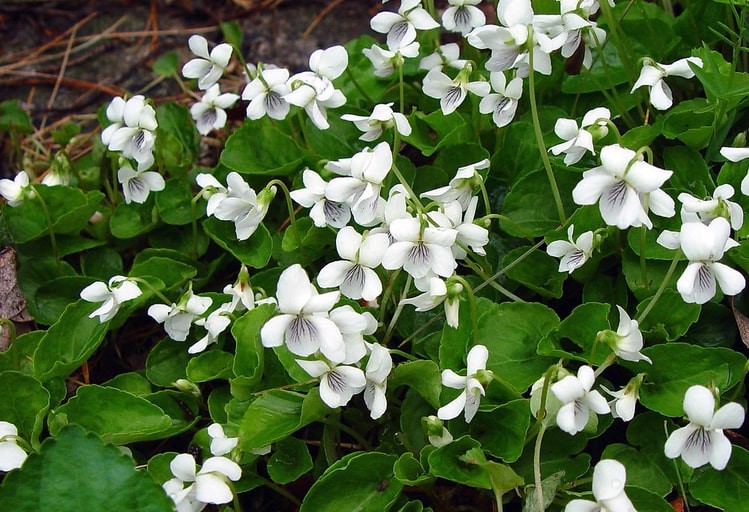
(Viola blanca)
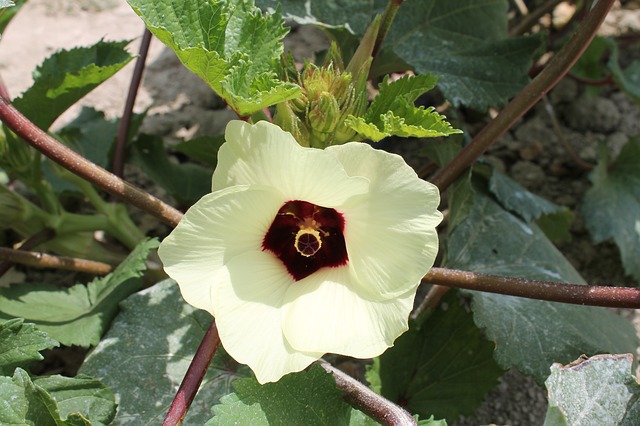
(Abelmoschus esculentus)
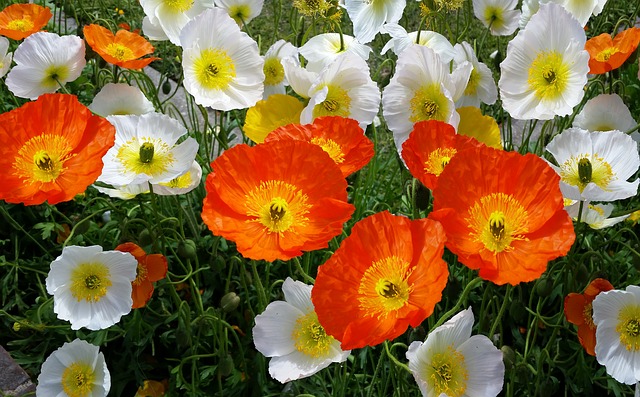
(Papaver nudicaule)
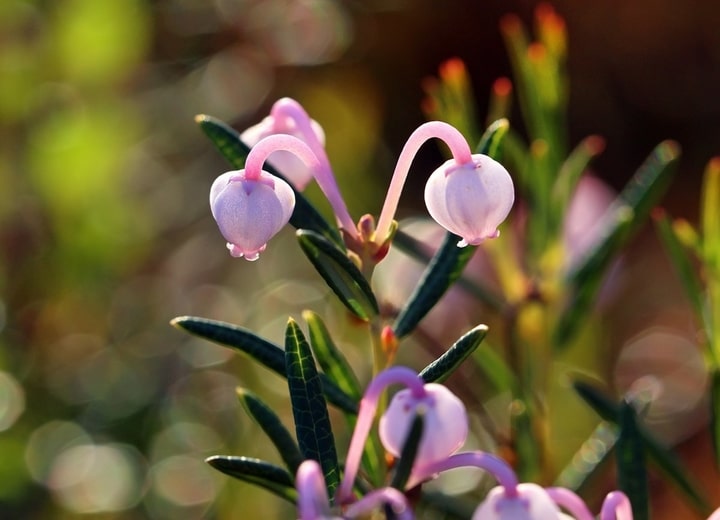
(Andromeda polifolia)
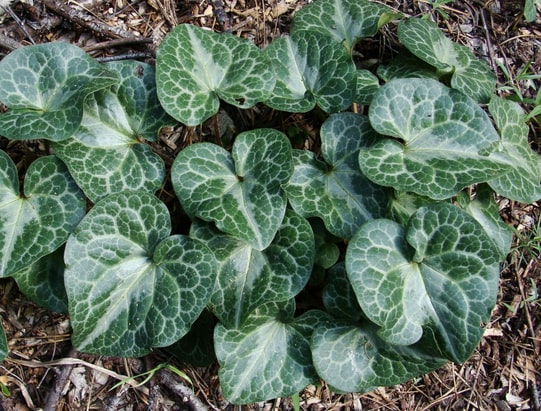
(Asarum hatwegii)
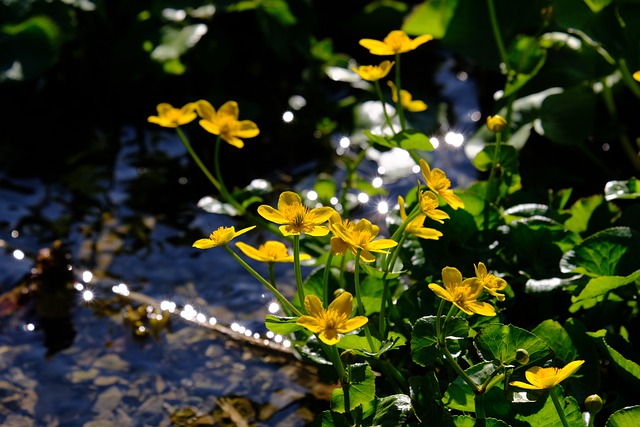
(Caltha palustris)
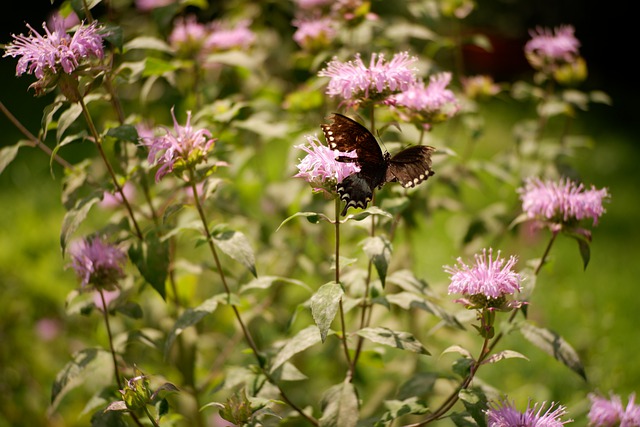
(Monarda fistulosa)
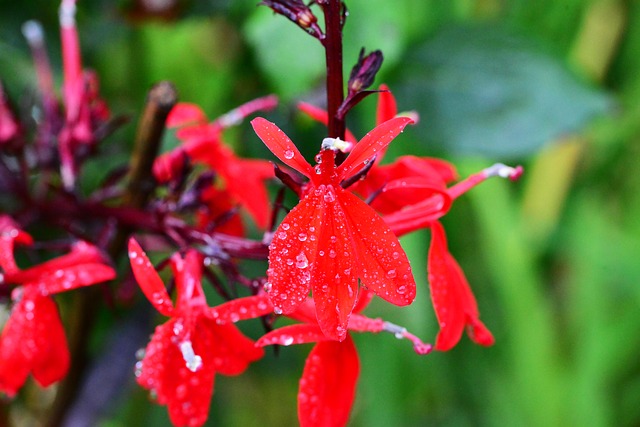
(Lobelia cardinalis)
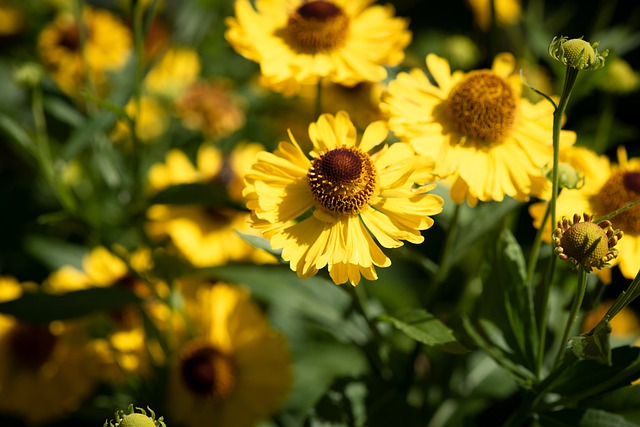
(Helenium autumnale)
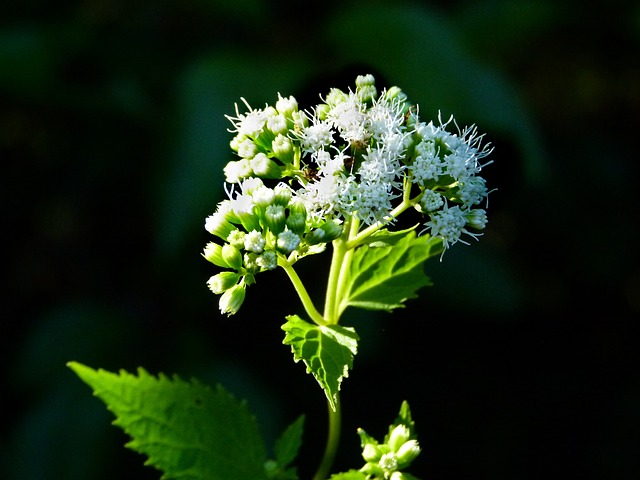
(Ageratina altissima)
Now if you want to be a successful gardener or make a profit selling plants, you need to master one skill: Plant Propagation.
What is Plant Propagation?
Plant propagation is how plants reproduce, there are two main types of reproduction: Sexual reproduction and asexual reproduction.
- Sexual reproduction: The union of pollen and egg, drawing genetic traits from the two parent plants, making a third, new individual. This process is done with the floral part of the plant.
- Asexual reproduction: When part of a parent plant is separated and forced into regenerating itself into a new plant, genetically it’s basically a clone of the parent plant. This process can happen with the stem, roots, and leaves.
5 Ways to Propagate Zone 2 Perennial Shrubs
1. Propagate by Seed
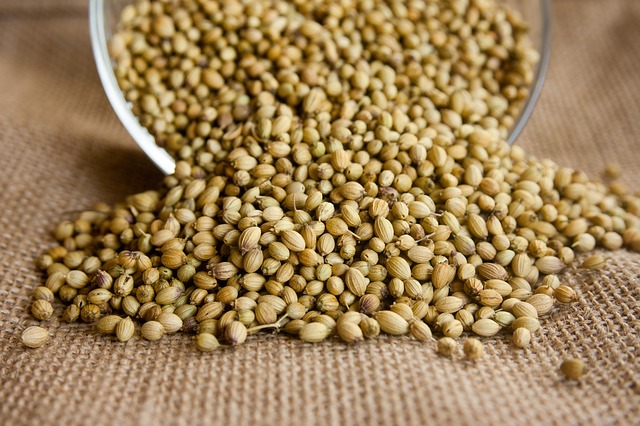
Quality of seed is important, pick your suppliers wisely. Traditional seed vs hybrids, traditional may be cheaper but hybrids have more vigor, uniformity, production, and disease resistance. Don’t go overboard with buying too many seeds, buy only what you will use for this year’s planting. If you have extra, keep in a cold and especially dry place.
There are many aspects to think about when planting seeds, and not every seed germinates the same way. You will need proper lighting, water, oxygen, and temperature.
Additionally some seeds need to go through scarification or stratification to germinate.
- Scarification: Scratch, break, or soften the outer shell of the seed so water can enter and the germination can begin.
- Stratification: Chill the seed for a period of time, these are usually required for seeds that are used to sit the whole winter in the cold before germinating.
2. Propagate by Cuttings
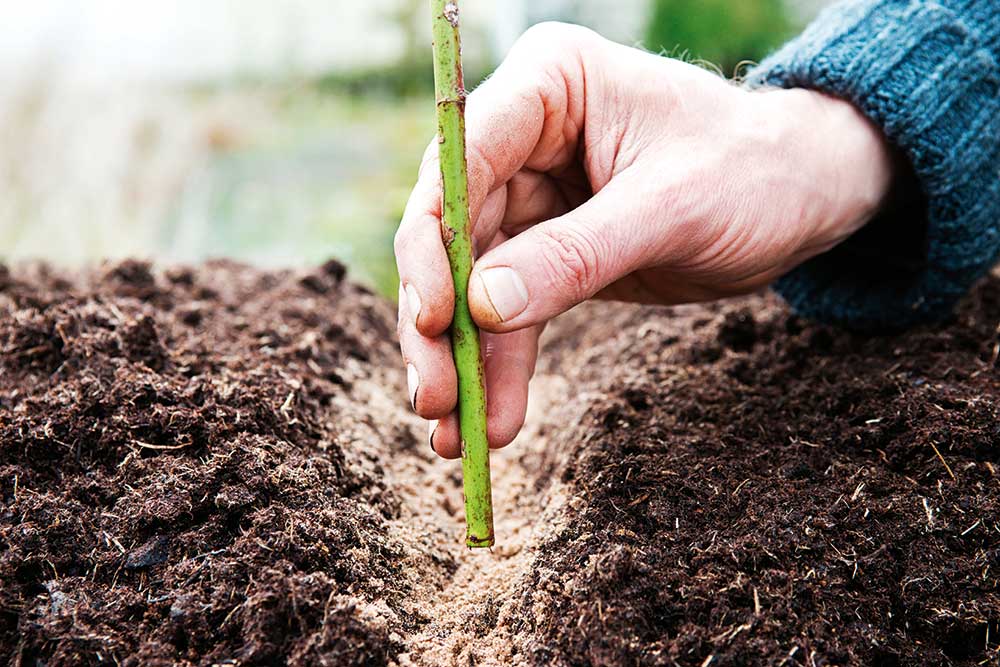
A large variety of plants, both woody and herbaceous can be propagated by cuttings. You get a cutting when you separate a part of a parent plant and give it the proper environment to regenerate itself, form roots, and become a whole new plant.
Propagate with Cuttings in 6 Steps
- Sterilize: Make a 9 parts water, 1 part rubbing alcohol mixture, then dip a sharp blade in it. Cleaning it in between cuttings will prevent any disease from spreading from plant to plant.
- Cut: Use your sharp blade to make a clean cut and remove a part of a parent plant.
- Prepare: Remove any flower or bud from the cutting, this way you make sure the cutting only uses its stored energy to form roots.
- Boost: Dip the tip of the cutting in a rooting hormone. These will hasten rooting, help the roots spread and grow evenly.
- Make Rooting Medium: Prepare your rooting medium, this can be sandy soil with vermiculite, and water or peat soil with perlite. With rooting, low fertility, sterile soil with good drainage, and enough water retention is your best bet.
- Wait for Results: Insert cuttings and keep the soil evenly moist while it grows roots, voila!
Note: Leave stem and leaf cuttings in bright, indirect light. Leave root cuttings in the dark until new shoots appear.
The ideal time of the year to take root cuttings is from June to July. This is when new growths on your plants have hardened enough but too much. The harder the cutting, the harder it is to root, the softer the cutting, the easier it will wilt.
Balance and timing is key when propagating with cuttings.
The 6 week rule: Take a note of the exact date when the first leaves burst out in spring, and from that day on count down 6 weeks.
At the 6 week mark, the new growth will be the perfect rigidity for cuttings.
3. Propagate by Division
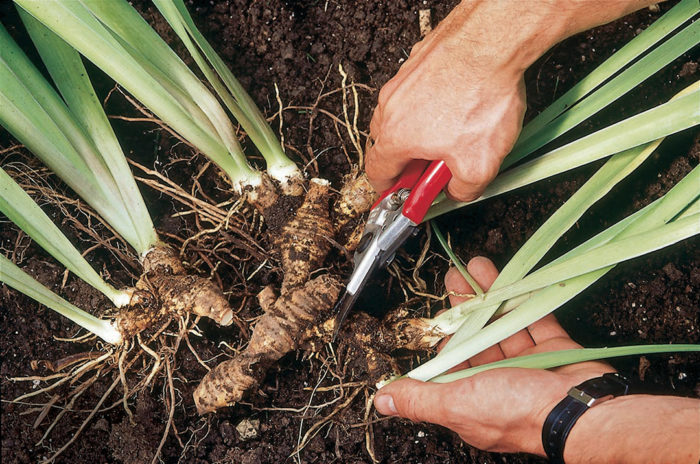
Plants with more than one rooted crown are separated and transplanted to form individual plants.
When you dig out plants, sometimes you’ll find out that they’re not even connected. In that case, you can just gently pull them apart and transplant them separately, this is common for plants that make bulbs.
In the case where the roots are joined, usually by a horizontal stem, take a sterile sharp knife and cut them apart evenly.
Tip: Dust the root cuttings with fungicide before replanting, that fresh wound provides great entry for fungus.
Some plants create corms, basically, it looks like a ball, every year there will be a new corm on top of the old one and tiny little cormels around the new corm. With these, dig them out and let them dry in indirect sunlight for 2-3 weeks. Afterward, you can remove the cormels and plant them separately.
4. Propagate by Layering
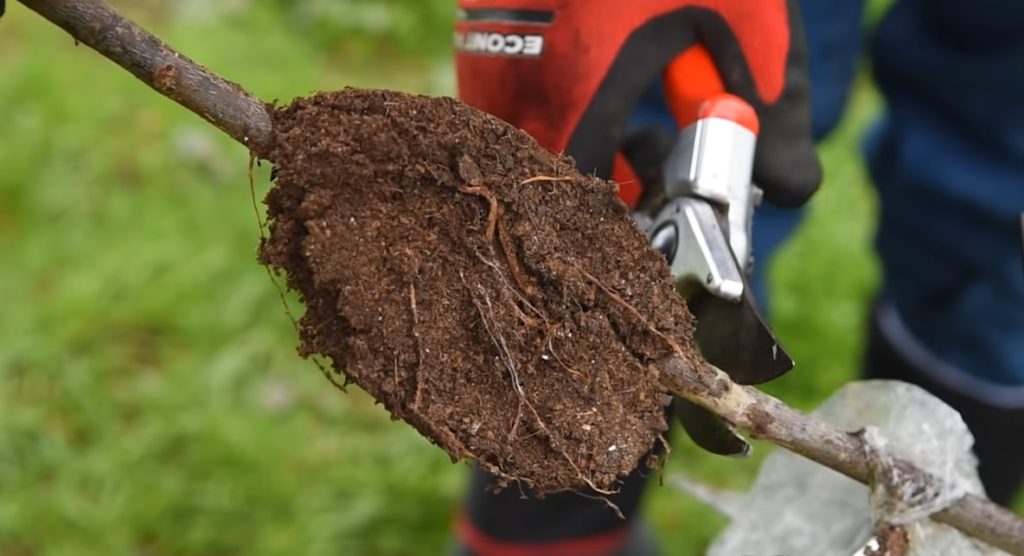
Propagation by layering is best done in two different ways: Ground layering or air layering.
Ground layering is about taking a stem of the chosen plant and burying a part of it underneath the soil. The plant will trigger the growth of roots, afterwards, you can separate it above the buried part and transplant it.
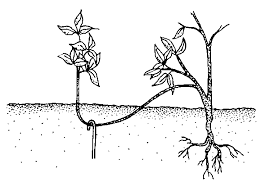
Propagate by Ground Layering in 4 Steps
- Dig a 4-5 inch hole below your chosen plant.
- Choose a beautiful branch and bend it towards the soil.
- Use a metal pin, or V-shaped branch and push it into the soil to secure the bent-over branch.
- Place the dirt back on top of the branch and bury it.
Air layering is about creating a ball of earth around a stem and letting the tree grow roots naturally.
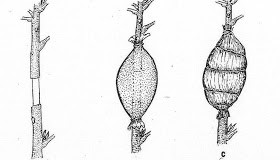
Propagate by Air Layering in 4 Steps
- Pick a stem that’s not too young and has promising branches for a transplant.
- Use a knife and carefully cut the bark from about three inches of the stem. Remove the outer bark and the cambium to have the inner wood be bare.
- Get some humid soil and make a ball around the spot you prepared, wrap it in plastic and make sure to seal the ends to retain moisture.
- Put an elastic band around it and cover the plastic with aluminum foil to protect it from drying out in the sun.
Conclusion: When you propagate by layering, do this during Spring, then the roots should be well grown and ready to transplant by Fall. When you remove the aluminum foil, take a good look at the root ball to see if there are sufficient roots to transplant. If they look ready, then just cut off below the ball and transplant.
5. Propagate by Grafting
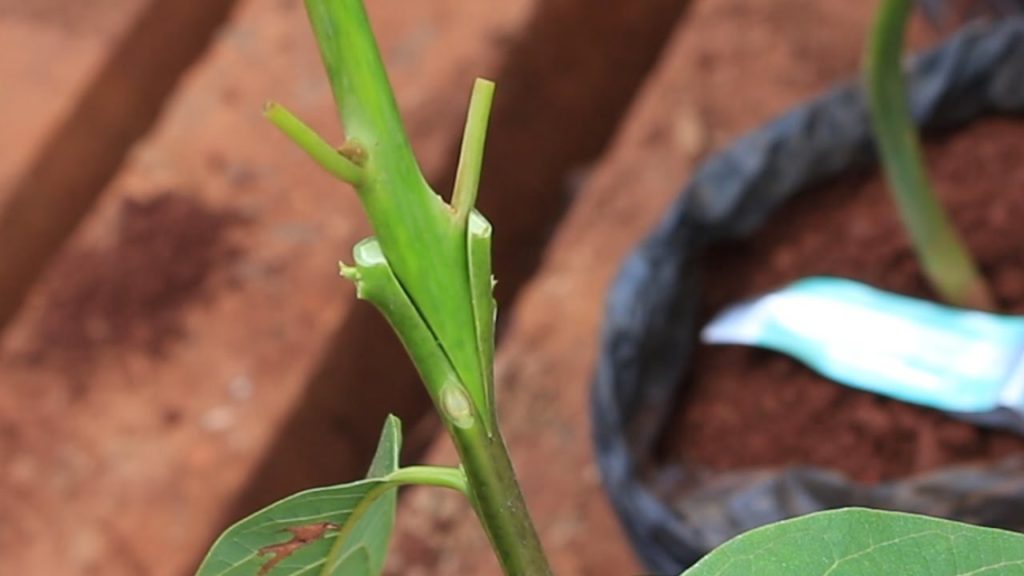
Grafting plants is about joining together two or more plants into one. You want to use this method for plants that do not root well with poor resistance to disease and insects.
When you graft your plant to a strong rootstock, you give it certain of its original properties along with the ones of the grafted plant, as long as both are compatible.
The end result turns a weak plant into a hardy one that can survive new environments.
Grafting is an advanced skill that requires intensive knowledge of plants, few plants require the same grafting specifics. Some are grafted only in a certain time frame and with a certain method.
Simple Grafting in 6 Steps
- Pick your scions (twigs that you’ll graft) during winter, usually December to March.
- Cut shoots that come from the previous growing season (6 to 8 inches ea), sterilize your cutting tool to make a clean cut.
- Immediately put the scions in a moistened bag to retain moisture.
- Bring it to your rootstock, saw off the part of the rootstock stem you want to add your scions to.
- Make a cut through the center about 3 inches in to separate the trunk and press in the V-shaped scions in.
- Make sure the cambium bark of the scion aligns with the bark of the rootstock. Seal the two together using tape and grafting wax/paint.
It won’t catch every time, and you want to keep an eye on it. After a while, make a cut on each side of the tape to prevent it from constricting the plant.
Bravo! You have just given your scions some strong rootstocks to flourish with.
Conclusion
Zone 2 Perennial shrubs come back every year. They’re the best for nurseries because it gives you the opportunity to harvest seeds and cuttings for the next seasons.
You start from one plant and multiply it into hundreds with enough time.
Really it’s amazing, by propagating you can use a $6 plant to make ten 1$ rooted plant cuttings and turn each of those into $6 plants within a growing season.
Given you do this enough, it’s a fulfilling and realistic business venture.
If starting a plant business is your style, check out our guide on How to Start a Plant Nursery. You might find it interesting!

